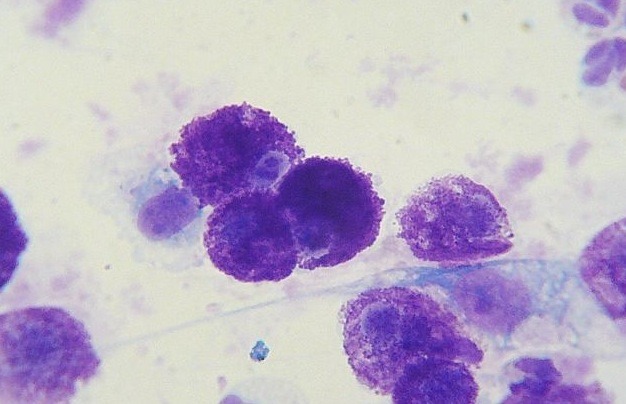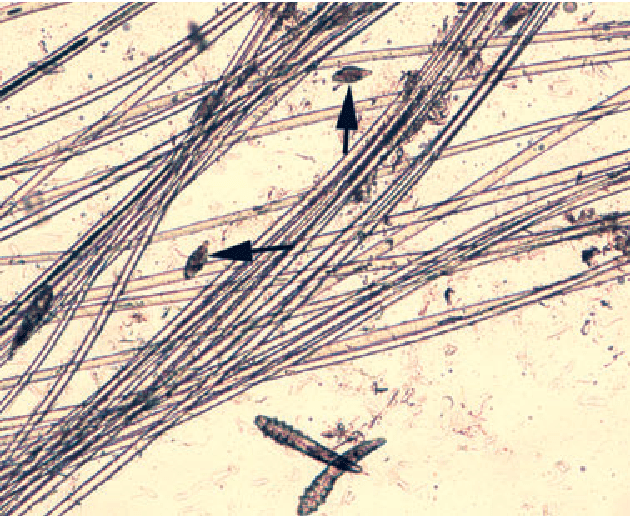No person likes to feel itchy. Neither do our dogs and cats. It’s annoying, and sometimes painful. There are a myriad of reasons for our pets to be itchy. Indeed, pruritus – the medical term for itching – is very common in companion animals. I’ve dedicated this week’s post to explaining pruritus in detail to help raise awareness. I hope you find the information insightful. Happy reading!

What causes it?
Pruritus is the sharp or diffuse burning skin sensation that makes a one feel the need to scratch. It’s also one of the most common reasons pet parents bring their dogs and cats to a veterinarian for evaluation. Specific nerve fibers called afferent fibers initially conduct sensations from the skin surface to the spinal cord, specifically the dorsal root. Mediators of pruritus include:
- Histamine – released from mast cells
- Proteolytic enzymes (also known as proteases) – released by bacteria, fungi, mast cells, and immune-mediated reactions
- Leukotrienes

From the dorsal root, the nerve signal ascends the spinal cord through the dorsal column, enters the spinothalamic tract and then the thalamus, ultimately terminating in the sensory cortex of the brain. Itching is a common clinical sign associated with a plethora of medical problems, most notably those associated with the skin. But, pruritus is not a disease itself!
Major causes of pruritus in dogs and cats are:
- Food allergies
- Environmental allergies (called atopy or atopic dermatitis)
- Flea allergies
- Contact hypersensitivity
- Skin infections (bacterial, fungal, yeast, parasitic)
- Skin cancers
What does pruritus look like?
When pets are itchy (or pruritic), they often scratch, bite, and/or lick various areas of the body. These areas can actually vary depending on the underlying cause, so it’s very helpful to tell your veterinarian the top three places your pet scratches. Common itchy parts of the body are the axillae (armpits), paws, groin, tail base, and face. It’s also helpful to score your pet’s itchiness on a scale of 1-10 with one representing no itching and ten indicating your pet wakes up from a sound sleep to itch, scratch, and/or lick.

There is no sex or age predilection, and any breed of dog or cat can develop pruritus. With that being said, several breeds seem to be over-represented for itchy problems, including:
- Cocker spaniels (English & American)
- Poodles (all size variations)
- West Highland white terriers
- Golden retrievers
- Labrador Retrievers

How is diagnosed?
Making a diagnosis of pruritus is relatively straightforward and is based on observation of excessive scratching, licking, and/or chewing of various skin regions. Indirect evidence of pruritus includes:
- Excoriations (skin scratches from toenails)
- Patchy hair loss
- Reddened / inflamed skin
- Hair coat staining from saliva
Determining the underlying cause of a pet’s pruritus can be much more challenging. A veterinarian will obtain a thorough patient history and perform a complete physical examination. Diagnostic tests of skin are often needed and may include:
- Microscopic examination of skin cells (called cytology)
- Microscopic examination hair (called trichography)
- Skin culture
- Food elimination trial for food allergies
- Intradermal skin testing for environmental allergies
- Skin biopsy

Here’s an important point for pet parents regarding testing for food allergies.
Although there are blood, saliva, and hair tests available that purport the ability to diagnose food & environment allergies, there is no proof their results are accurate. Don’t waste your money on these tests!
The only known accurate means of diagnosing food allergies is via a food elimination trial. Similarly, the most reliable means of diagnosing environmental allergies is via intradermal skin testing. Pet parents may find it helpful to partner with a board-certified veterinary dermatologist to develop a logical and cost-effective diagnostic plan.
How is pruritus treated?
Treatment of pruritus depends on the underlying cause of this clinical signs. Flea allergies are best treated through use of flea preventatives and environmental cleaning. Patients with food allergies require a diet devoid of the offending nutrient source that triggers inflammation and subsequently pruritus. Pets with atopy may be treated with a variety of therapies, including:
- Immunotherapy
- Corticosteroids
- Essential fatty acids
- Cyclosporine (Atopica)
- Oclacitinib (Apoquel)
- Canine Atopic Dermatitis Immunotherapeutic / CADI (Cytopoint)

Those patients with underlying bacterial, fungal/yeast, and/or parasitic infections must be treated with an appropriate antibacterial, antifungal, and/or anti-parasitic medication, respectively. These medications may be systemic and topical, as bathing with medicated shampoos can be uniquely helpful. Consulting with a board-certified veterinary dermatologist can often be helpful to formulate an effective and efficient treatment plan.
The take-away message about pruritus in dogs & cats…
Pruritus – more commonly known as itching – is a common issue in dogs and cats. It isn’t a diagnosis, but rather is a clinical sign associated with many skin diseases. Appropriate testing and treatment help ensure pets experience itch relief in a timely manner.
To find a board-certified veterinary dermatologist, please visit the American College of Veterinary Dermatology.
Wishing you wet-nosed kisses,
CriticalCareDVM





